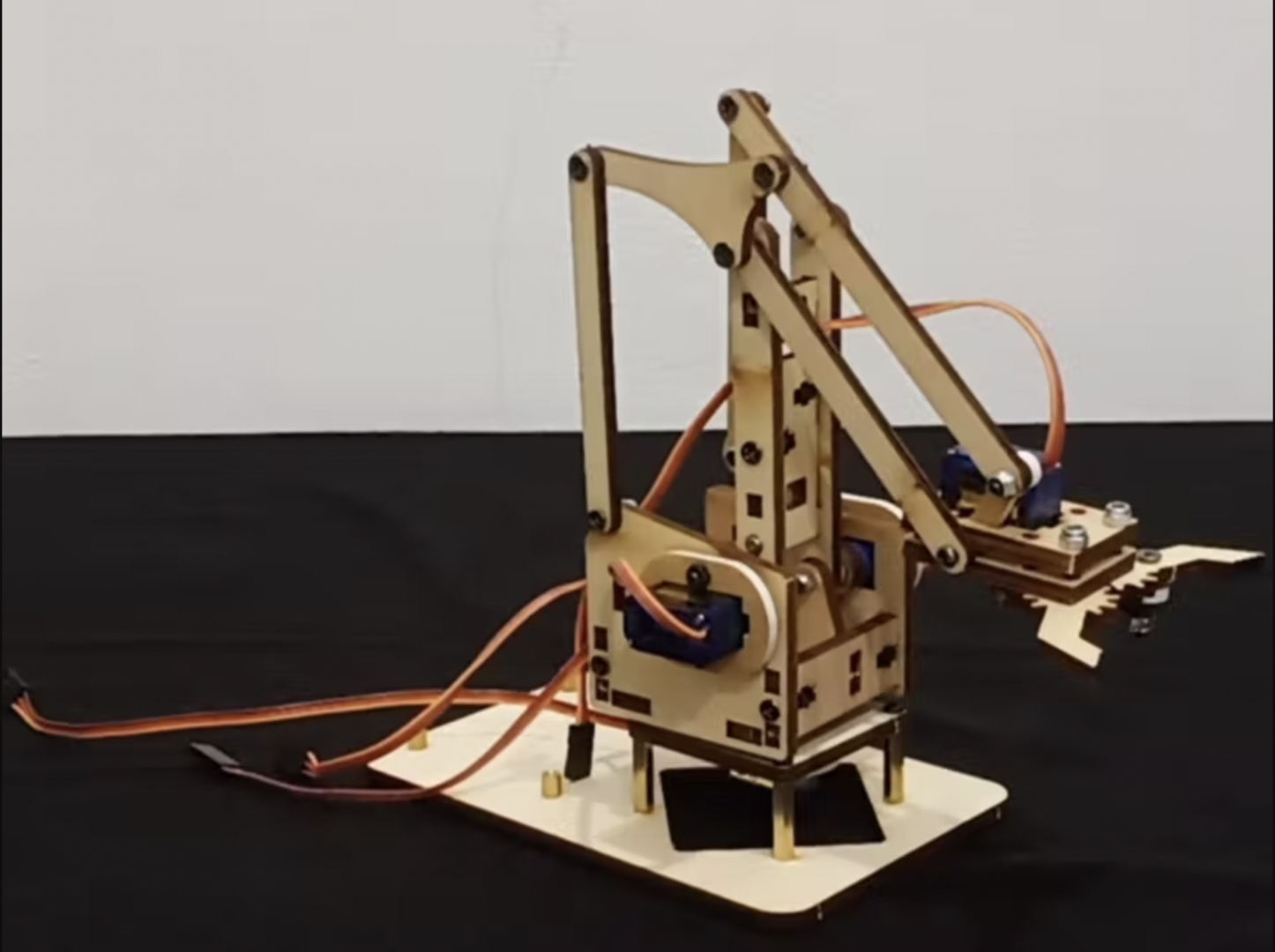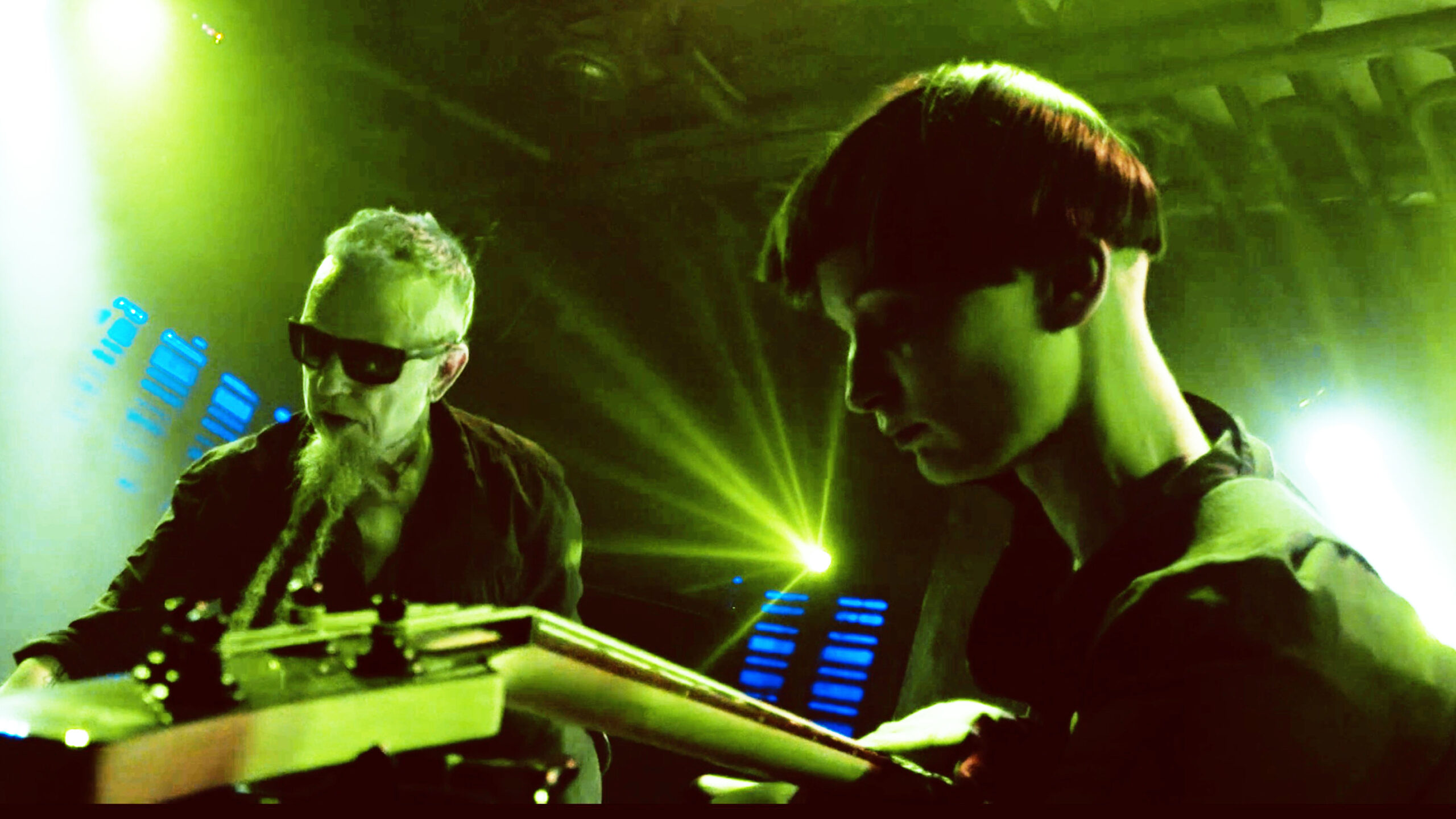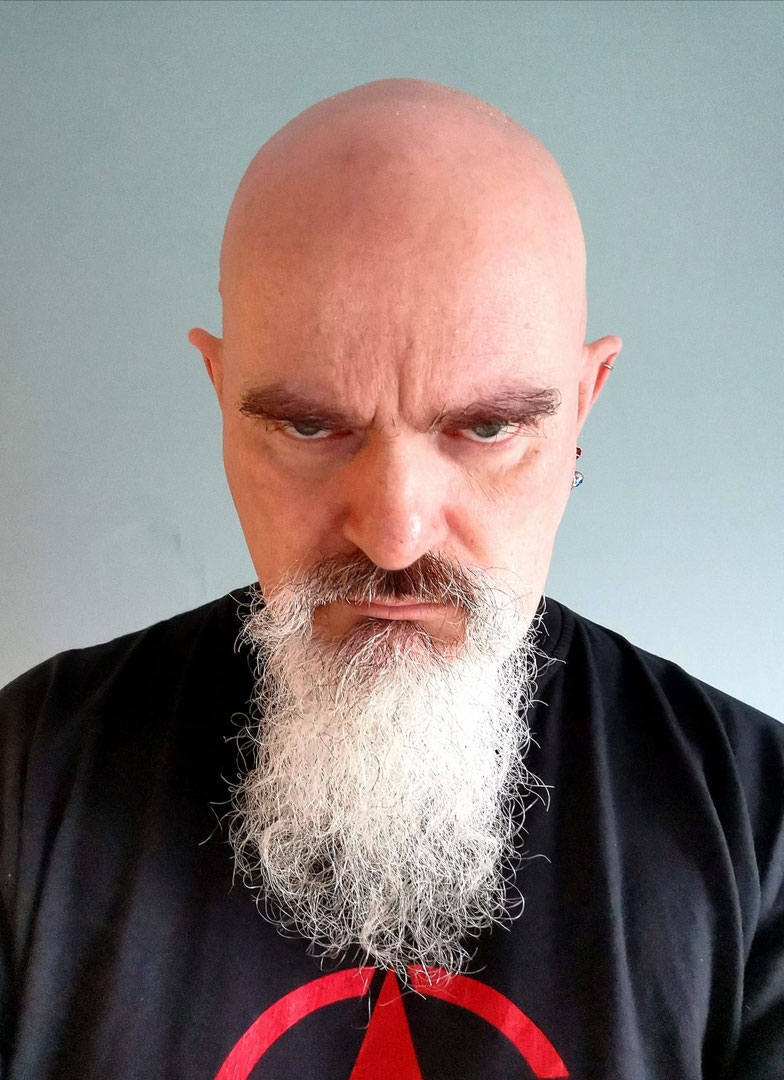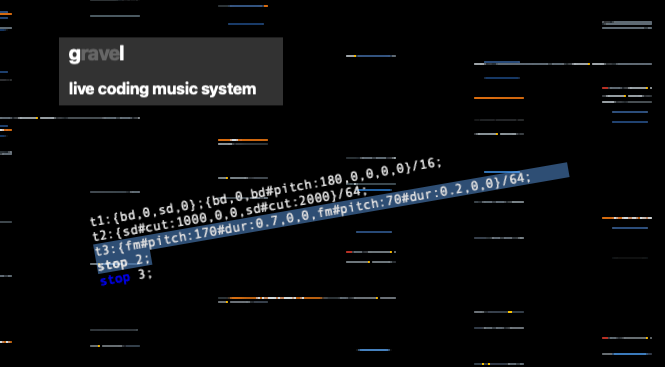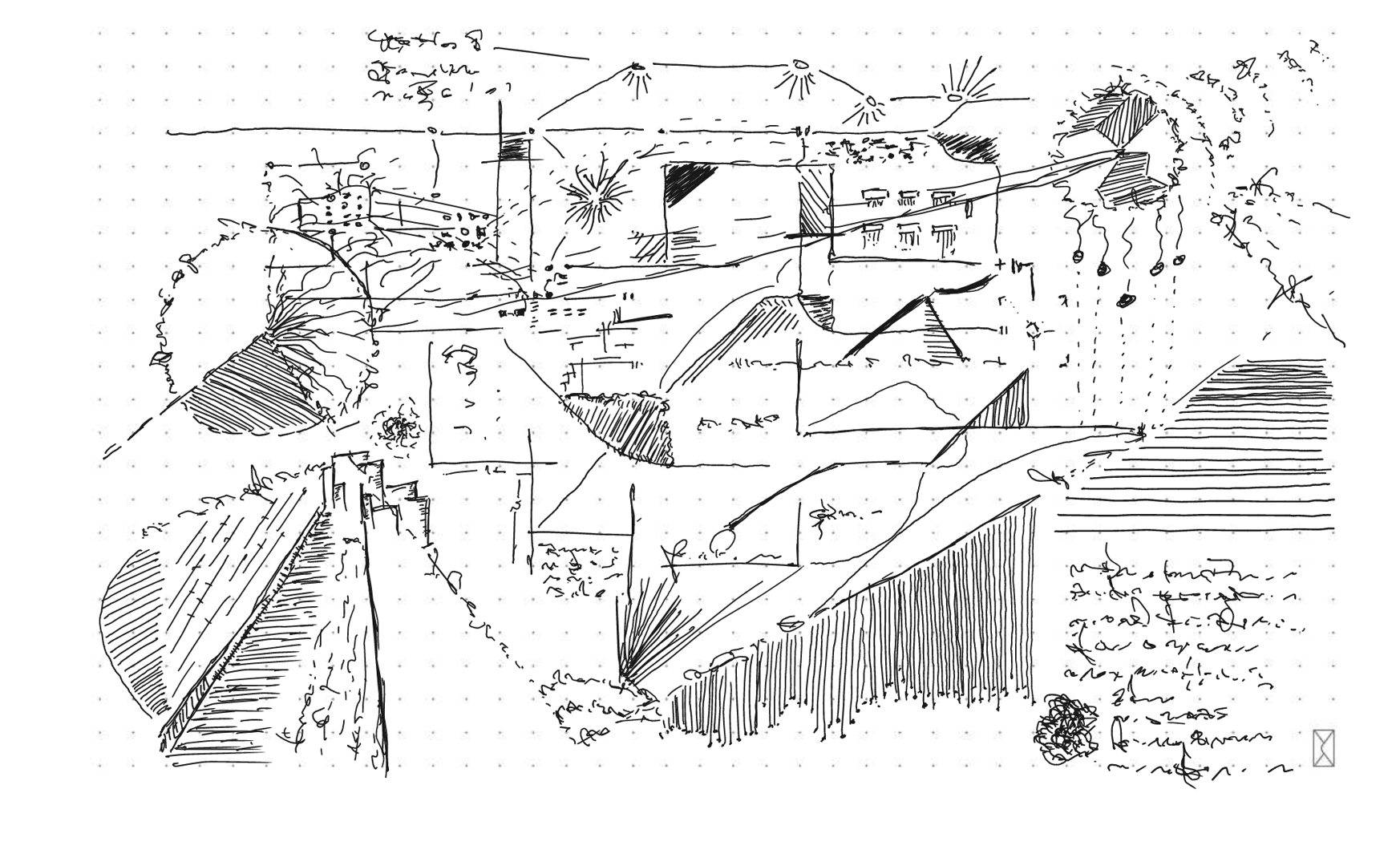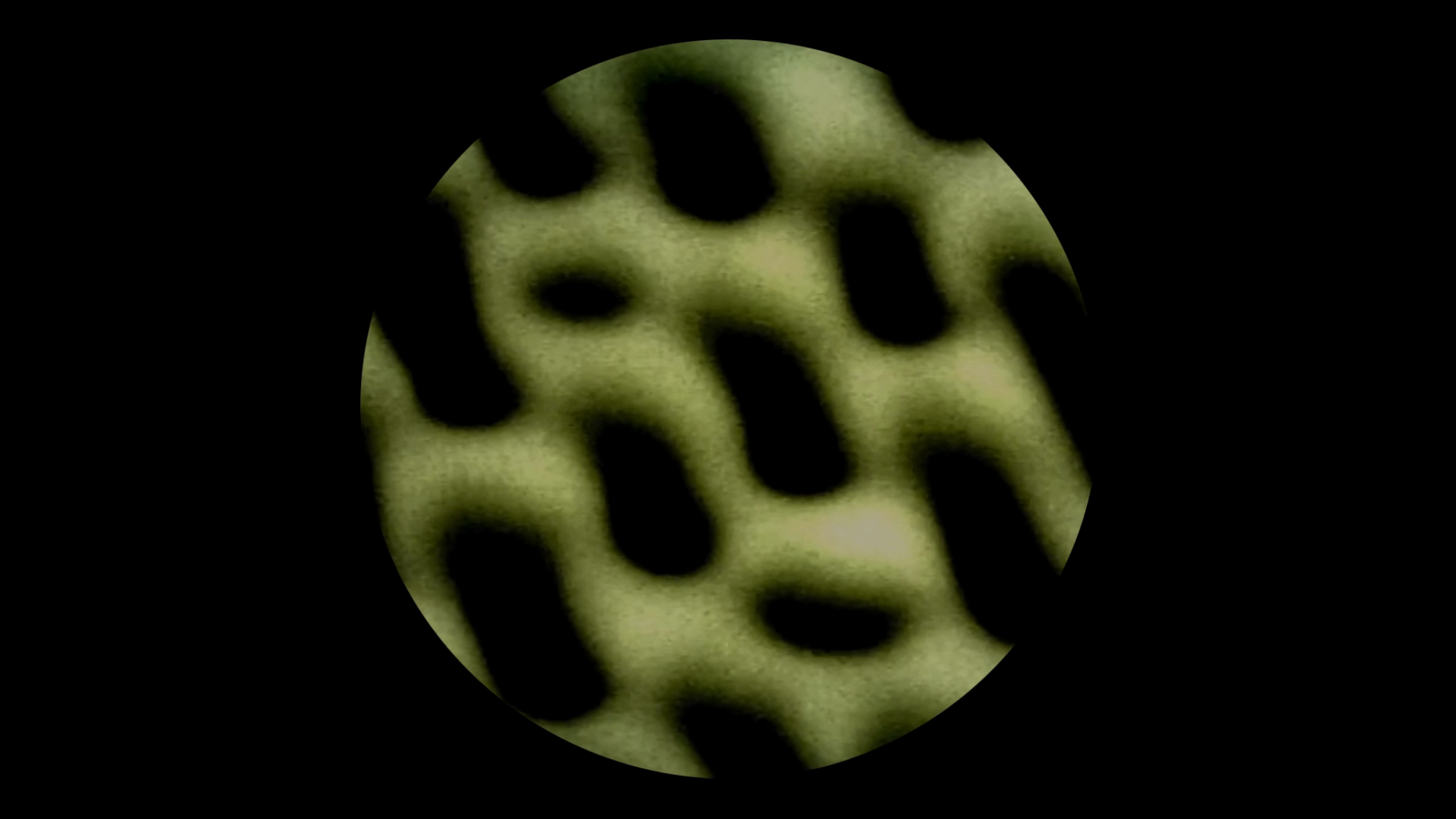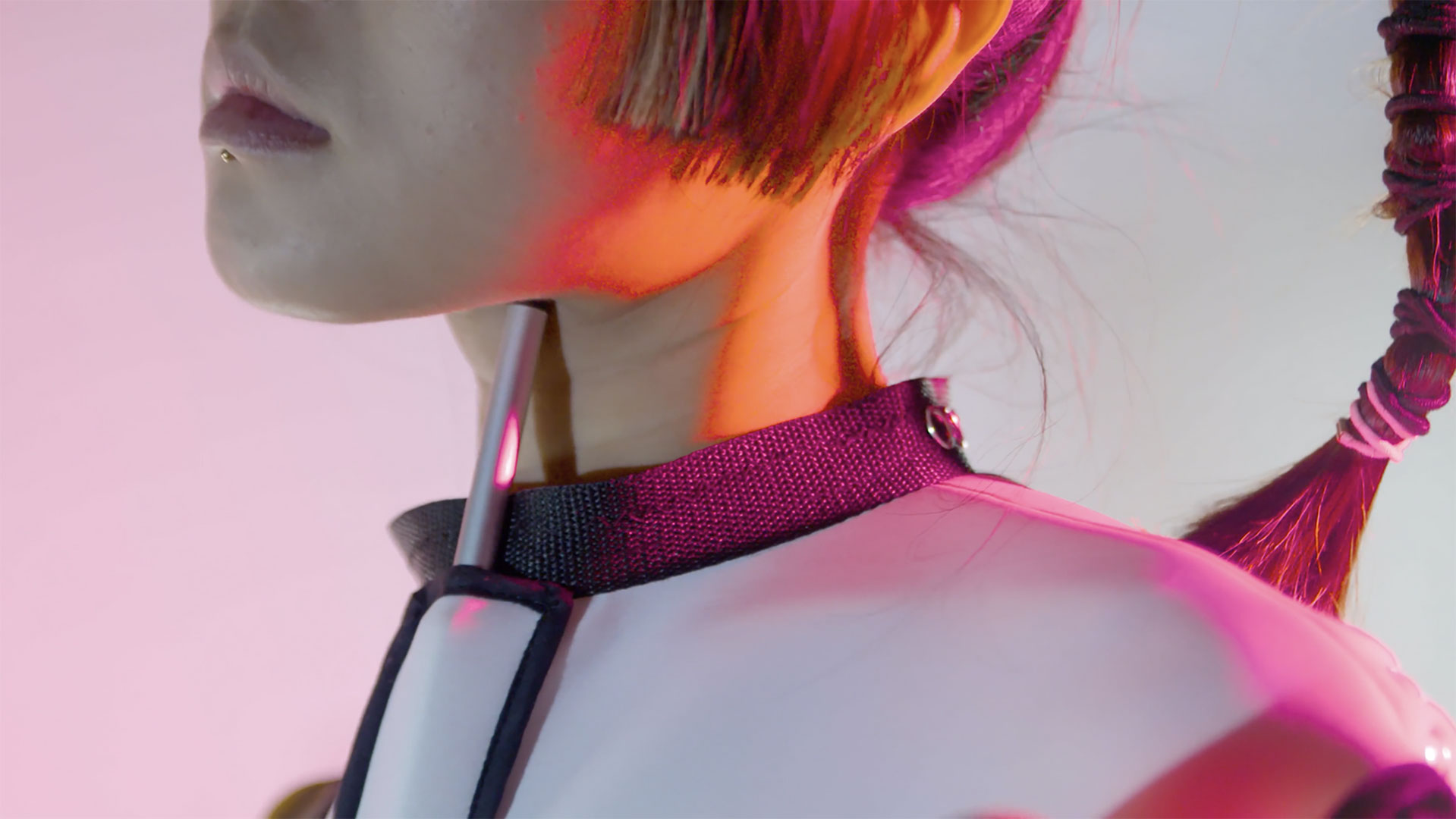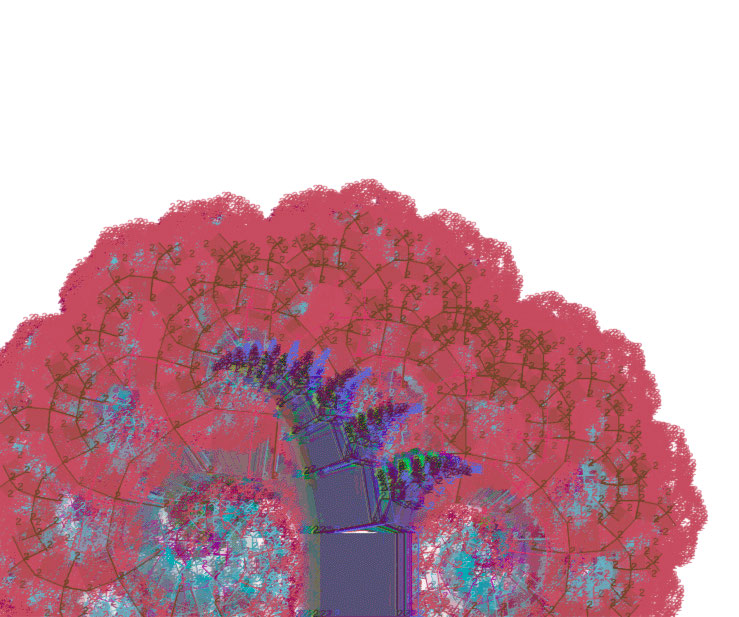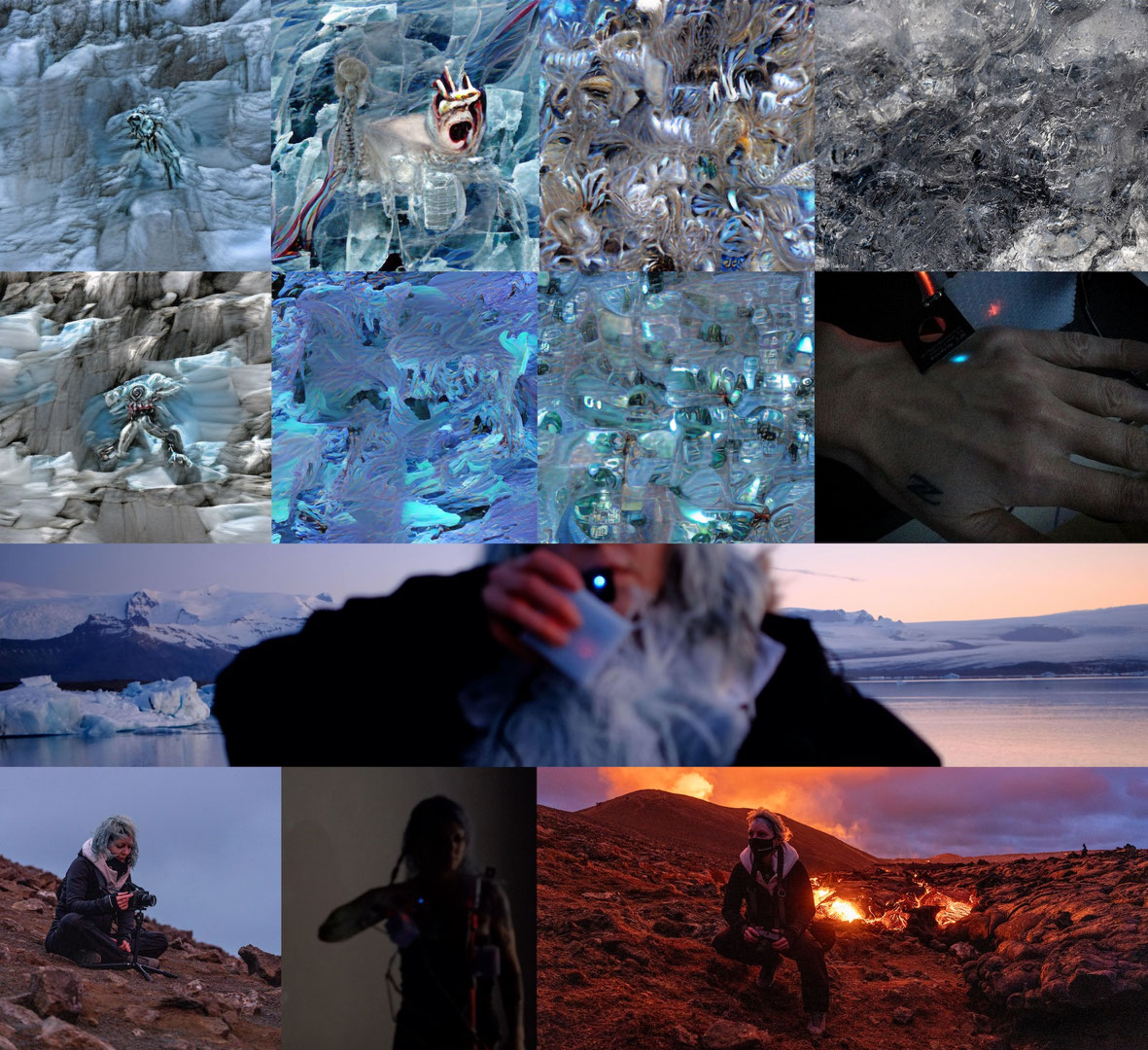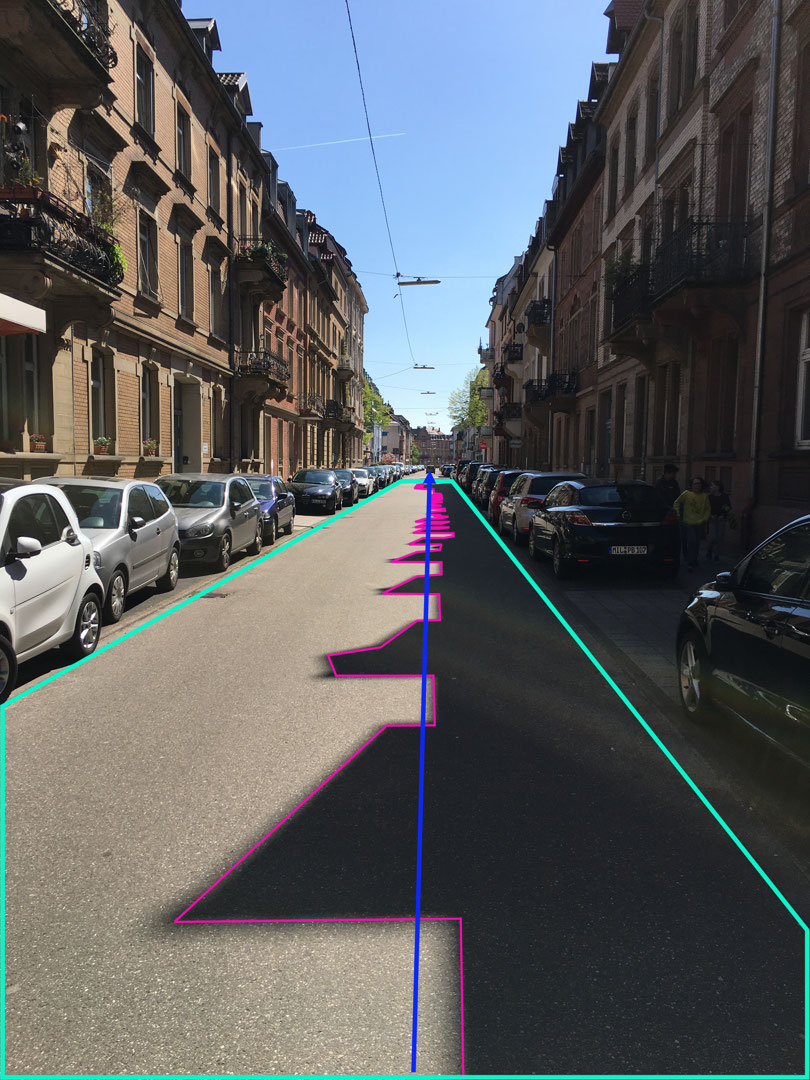Ivan Iovine
The workshop aims to teach participants the use of the Arduino platform in conjunction with the Ml5.js Machine Learning framework.
Each participant will be given a DIY robotic arm made of recycled wood, to which an Arduino will be interfaced. Through serial (WebSerial) communication, the Arduino will communicate with a Javascript application and the Ml5.js framework. Participants will be explained and taught the basics of Machine Learning, exploring and experimenting firsthand with pre-trained Machine Learning models for body recognition (PoseNet model), hand recognition (Handpose model), face and facial emotion recognition (FaceApi), as well as real-time object tracking (YOLO). Through the use of these Open Source technologies, workshop participants will be able to learn the basics of Arduino and Ml5.js, experimenting in a hands-on manner and creating customized human-machine interactions based on Machine Learning models.
Ivan Iovine is an interaction designer and media artist currently based in Frankfurt am Main. His artistic research focuses on the field of physical computing, physical interaction, machine learning and robotics. His works have been exhibited at “Maker Faire Europe” in Rome (2016), “JSNation Conference” in Amsterdam (2019), “Lab30” in Augsburg (2019) “Piksel Festival” in Bergen (2020) and “Die Digitale” in Düsseldorf (2021). In 2021 his work Theodore was published in the official journal proceedings of the scientific symposium “Art Machines 2: International Symposium on Machine Learning and Art”. The artwork was then exhibited in the same year at the Run Run Shaw Creative Media Centre in Hong Kong. He is head of the robotics lab at HfG Offenbach and teaches Physical Computing in the university’s art faculty.


